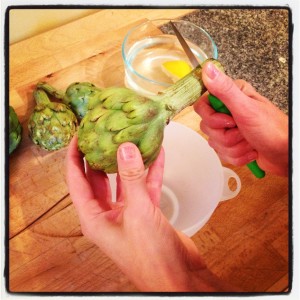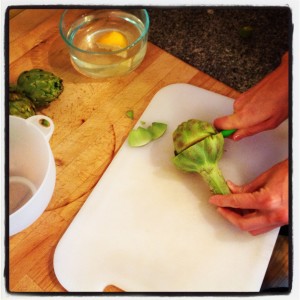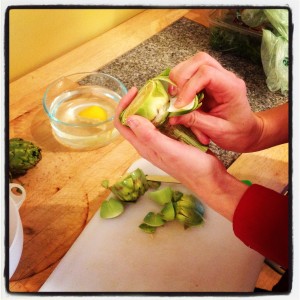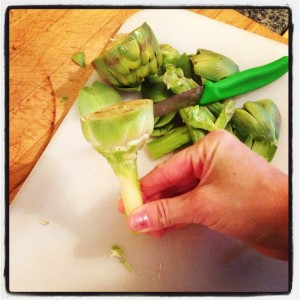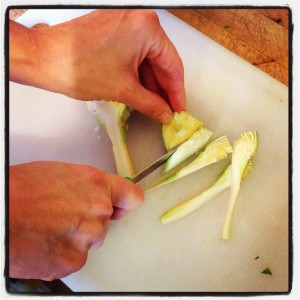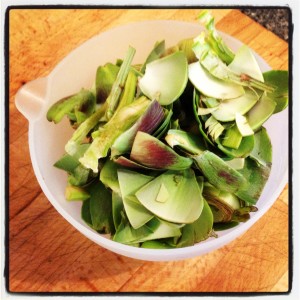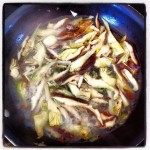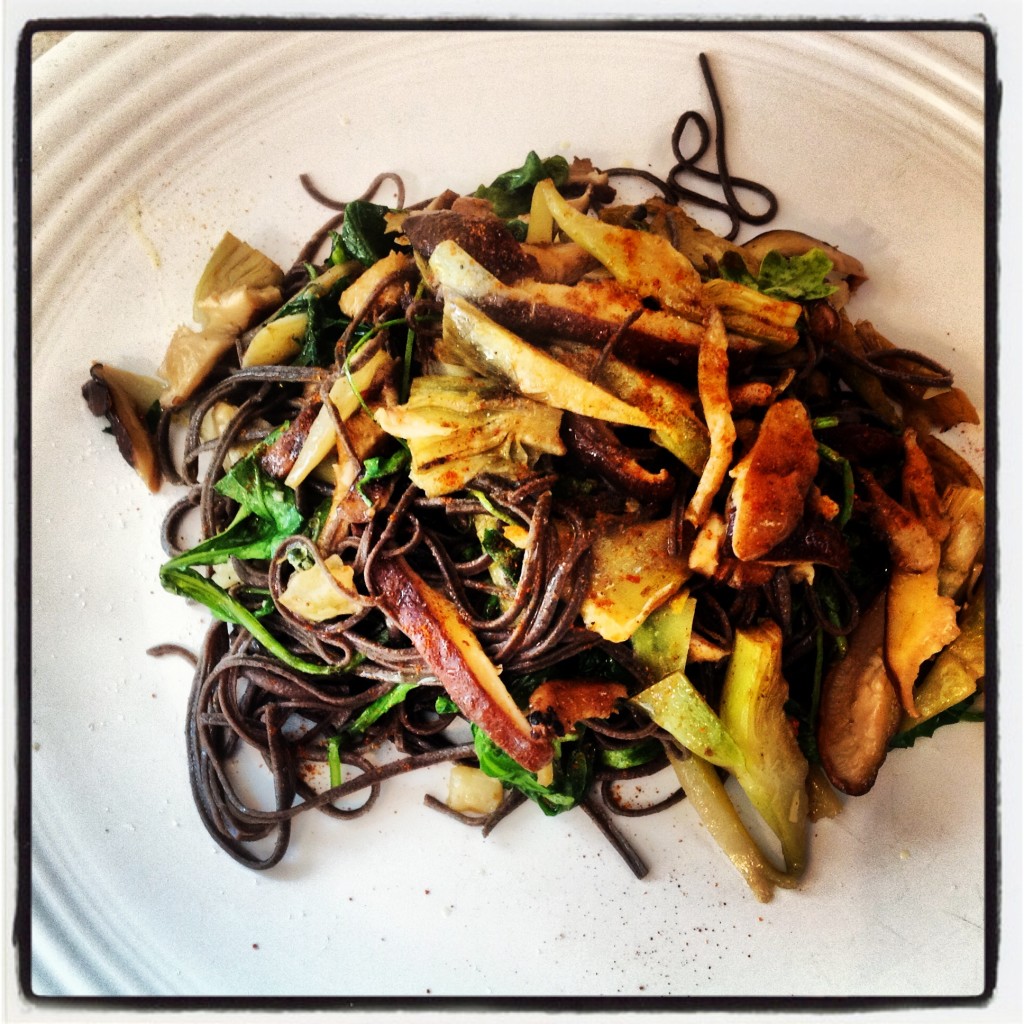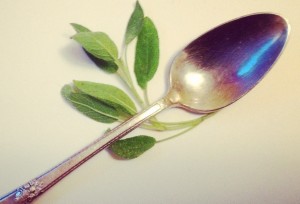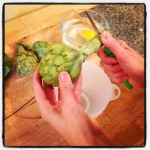
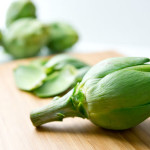 Artichokes are in season! Not in Minnesota, where they don’t grow for nothin’, but most definitely in Castroville, CA, the self-proclaimed artichoke capitol of the world. April begins the peak of Castroville’s prime growing season and this town has an artichoke festival in mid-May to celebrate. We mid-westerners see signs of all of this activity on the other side of the country, when we begin to notice little tender artichokes showing up in our grocery stores at the end of March. These artichokes are smaller than the huge globe artichokes that are available nearly year-round from god-only-knows-where.
Artichokes are in season! Not in Minnesota, where they don’t grow for nothin’, but most definitely in Castroville, CA, the self-proclaimed artichoke capitol of the world. April begins the peak of Castroville’s prime growing season and this town has an artichoke festival in mid-May to celebrate. We mid-westerners see signs of all of this activity on the other side of the country, when we begin to notice little tender artichokes showing up in our grocery stores at the end of March. These artichokes are smaller than the huge globe artichokes that are available nearly year-round from god-only-knows-where.
Artichokes have been shown to improve various digestive health disorders. They significantly lower blood cholesterol levels, prevent heart disease and atherosclerosis, enhance detoxification reactions, and protect the liver from damage.
I really like these little spring artichokes, not only because they are delicious, but also because they don’t have a pithy cottony choke in the center, near the heart of a larger artichoke, that would need to be removed. Instead, you can quickly and simply prep these little guys for side dishes, pasta, quinoa pilaf, and many other delights. For 10 Healthy Artichoke Recipes click on the link.
Here’s how to prep an artichoke:
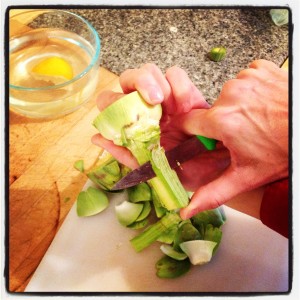
4. Using a paring knife, cut off the outer fibrous layer of “skin” on the stem and choke (just below the leaves).
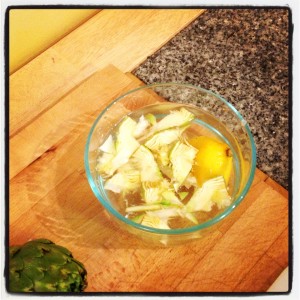
7. Put each piece in a bowl of acidulated water (this just means there is half a lemon squeezed into the water).
This is one of those vegetables in which a huge percentage of the plant is inedible and must be removed and discarded. Look at how much of just 3-4 small artichokes I end up putting into my compost!
I decided to make a quick pasta with some great black bean pasta a client introduced me to. I sauteed a few smashed garlic cloves in extra virgin olive oil, added the artichokes, some shitake mushrooms, and a little sea salt, and let them cook in the oil for about 5 minutes while giving them a stir occasionally. I then added about a cup of water. By the time the water had vaporized and cooked off, the artichokes were tender and my pasta had boiled to al dente perfection. I tossed in a few handfuls of arugula and had a delicious lunch.

